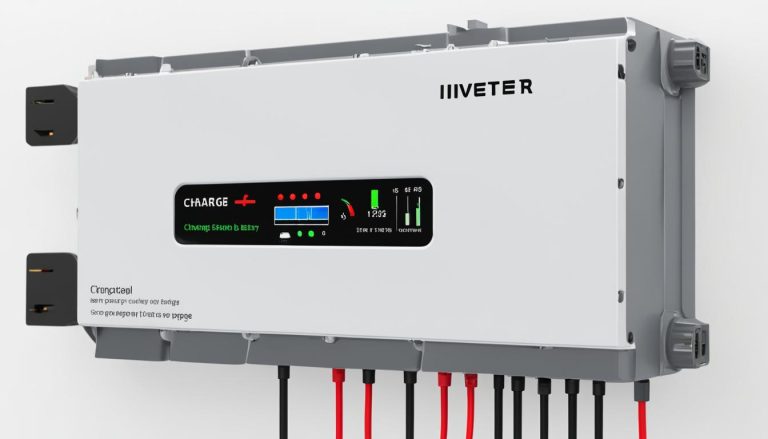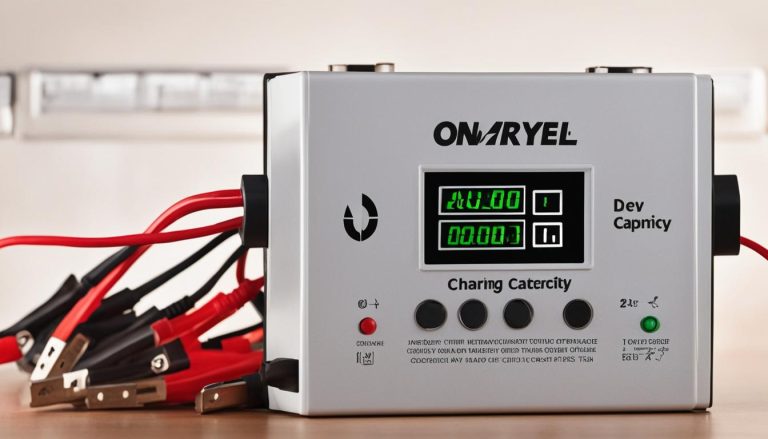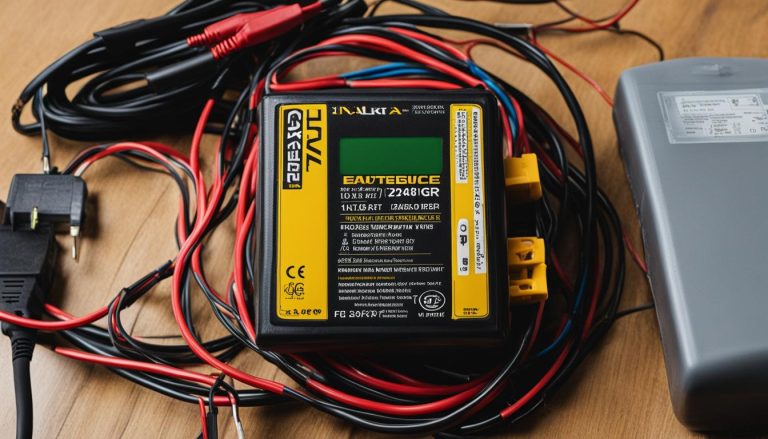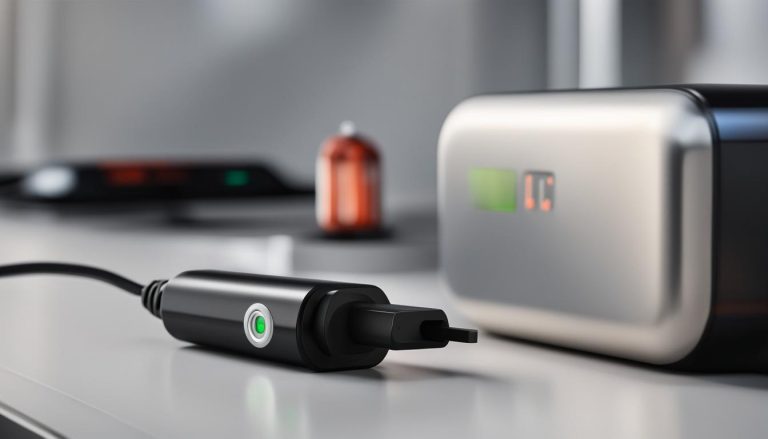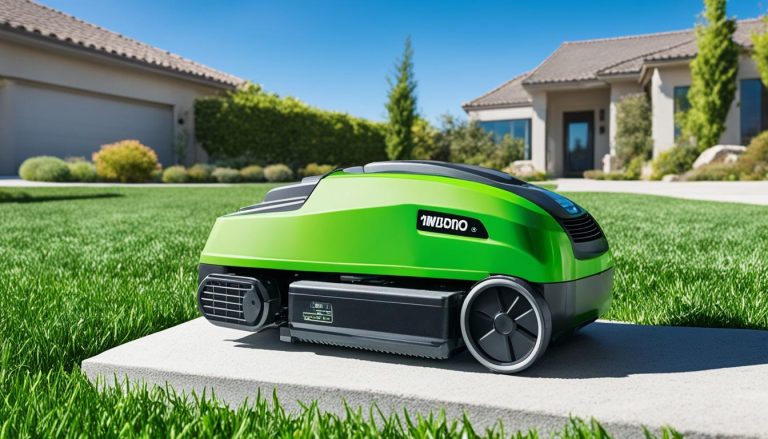Generator Maintenance: Does It Charge Its Own Battery?
batterychargers.site and its partners may earn a commission if you purchase a product through one of our links
The battery of a generator is a critical component for its proper functioning. Many starting failures of generators can be attributed to battery issues, such as deterioration and improper functioning. To ensure optimal performance, regular maintenance of the battery is necessary.
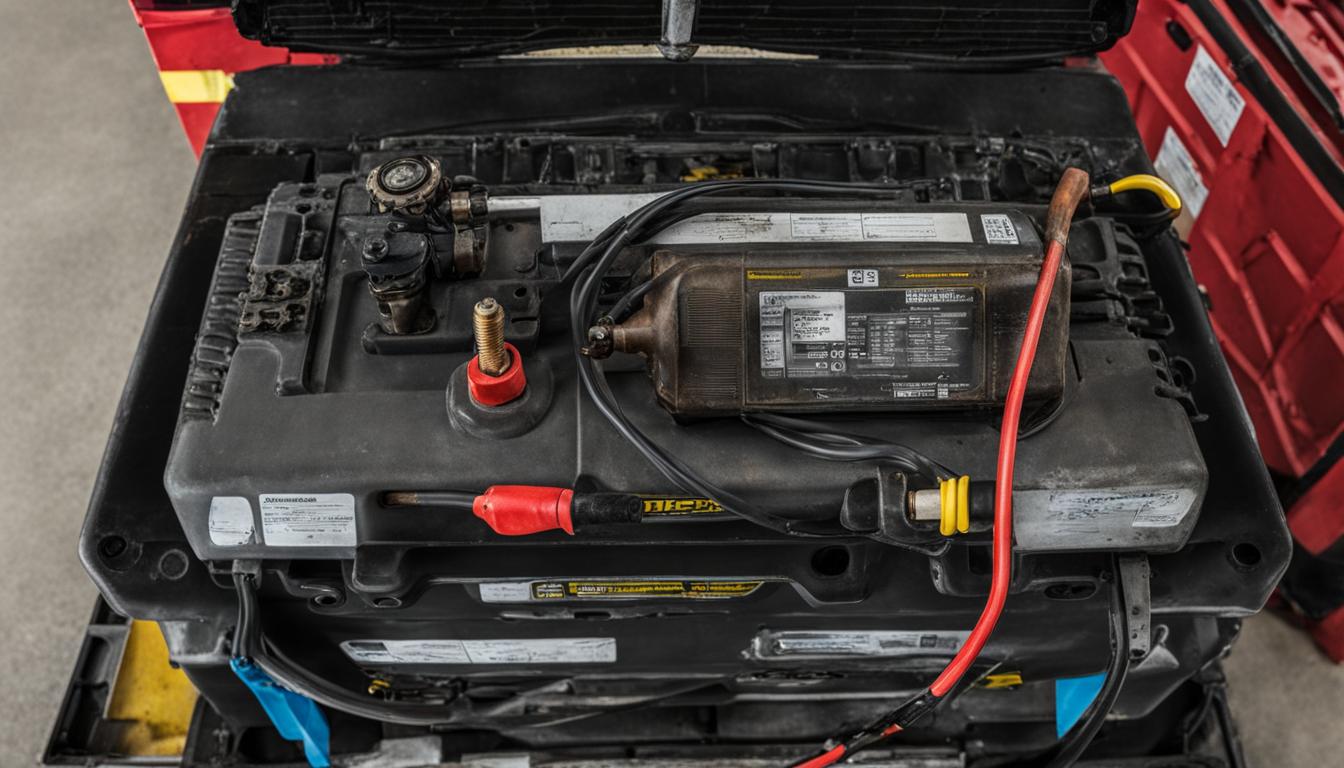
High temperatures, misuse, and lack of maintenance can all lead to battery damage. Therefore, it is important to take the necessary steps to maintain the battery’s health. This includes checking the water level, cleaning and tightening the terminals, checking the voltage, and starting the generator frequently.
When it comes to charging the battery, there are two main methods. The first is when the generator is running, the battery charges automatically. The second method is by connecting the generator to a battery charger. These charging mechanisms ensure that the battery remains fully charged and ready for use.
Proper maintenance of the battery is a simple and cost-effective process that can help prolong the lifespan of your generator. By following the best practices for battery charging and maintenance, you can prevent issues and ensure reliable power generation when you need it most.
Key Takeaways:
- Regular maintenance is necessary to ensure the optimal performance of a generator’s battery.
- Batteries are susceptible to damage from high temperatures, misuse, and lack of maintenance.
- The battery is charged when the generator is running or when it is connected to a battery charger.
- Proper battery maintenance includes checking the water level, cleaning and tightening the terminals, checking the voltage, and starting the generator frequently.
- Following best practices for battery charging and maintenance can help prolong the lifespan of your generator.
How Generators Charge Their Batteries
Power generators equipped with electric or remote start capabilities rely on onboard batteries for engine cranking and powering remote start electronics. Understanding the generator charging mechanism and battery charging process is important for maintaining optimal performance.
When the generator’s engine starts, the onboard battery charger automatically initiates the generator battery charging process. This charger replenishes the battery’s charge, ensuring it remains fully charged for reliable operation.
Most power generators utilize lead-acid batteries, although newer models may feature lithium starting batteries. These lead-acid batteries can be flood/wet, AGM (absorbent glass mat), or gel-cell batteries, each requiring regular recharging when not in use.
Lithium batteries, specifically lithium iron phosphate (LiFePO4) batteries, have a lower self-discharge rate, meaning they require less frequent recharging compared to lead-acid batteries.
To maintain the generator battery’s charge during storage, battery chargers and maintainers can be employed. These devices help keep the battery fully charged, ensuring it’s ready for use when needed.
Modern automatic battery chargers not only recharge the battery but also serve as battery maintainers, providing a reliable solution for keeping the generator battery fully charged throughout periods of storage.
| Battery Type | Charging Requirements |
|---|---|
| Lead-Acid (Flood/Wet) | Regular recharging when not in use |
| AGM (Absorbent Glass Mat) | Regular recharging when not in use |
| Gel-Cell | Regular recharging when not in use |
| Lithium (LiFePO4) | Lower self-discharge rate, less frequent recharging required |
Best Practices for Generator Battery Charging
Proper maintenance of your generator battery is essential to prevent dead batteries and ensure reliable performance when you need it most. Follow these best practices to maintain your generator battery charge:
1. Regularly use your generator: To keep the battery charged, it’s recommended to operate your generator on a daily or weekly basis. This helps to maintain the battery’s charge and prevent it from draining over time.
2. Store with care: If you plan to store your generator for a long period, disconnect the battery and use an automatic battery charger or maintainer. This will keep the battery fully charged and prevent it from deteriorating during storage.
3. Charging currents for lead-acid batteries: When charging lead-acid batteries, use a charging current between 0.1C and 0.15C. This ensures a proper charge without overcharging, which can damage the battery.
4. Charging lithium batteries: For generators equipped with lithium batteries, it’s important to use dedicated lithium battery chargers or charging modes. This ensures the battery is charged correctly and extends its lifespan.
5. Set up periodic charging: If the generator will be idle for extended periods, consider using a timer or connecting it to an outlet controlled by a light switch. This allows the generator to periodically charge the battery, keeping it in good condition.
6. Set reminders: To avoid dead batteries, set reminders to charge your generator battery and any other batteries that may go unused for prolonged periods. This simple step can help ensure they are ready for action when needed.
7. Invest in a smart battery charger: For long-term battery health and reliability, consider investing in a smart battery charger or maintainer. These devices are designed to optimize charging and ensure your generator battery is always in peak condition.
FAQ
How does a generator charge its battery?
When the generator’s engine starts, the onboard battery charger begins to recharge the battery and keeps it fully charged.
What kind of batteries do power generators use?
Most power generators use lead-acid batteries, but some newer models use lithium starting batteries.
How should I maintain my generator’s battery?
Battery maintenance includes checking the water level, cleaning and tightening the terminals, checking the voltage, and starting the generator regularly.
Can I use a battery charger to keep my generator’s battery fully charged during storage?
Yes, battery chargers and maintainers can be used to keep the generator’s battery fully charged during storage.
How often should I charge my generator’s battery?
It is recommended to regularly use the generator to keep the battery charged, preferably on a daily or weekly basis.
What should I do if the generator will not be in use for a long time?
If the generator will be stored for a long period of time, disconnect the battery and use an automatic battery charger/maintainer to keep it fully charged.
How should lead-acid batteries be charged?
Lead-acid batteries should be charged using 0.1C-0.15C charging currents.
Can I use a smart battery charger for long-term battery health and reliability?
Yes, investing in a smart battery charger or maintainer is recommended for long-term battery health and reliability.

